What attracts an elementary school reader to a book? They might be assigned to read it, as in Because of Winn-Dixie, it’s a book their older sibling had, it’s a subject matter they’re interested in or it has that thing that speaks to ages seven and up. Pizazz has that thing. It has a pre-teen on the cover who’s wearing a cape with a star on it. She’s on a turquoise-colored cover that’s complimented with neon orange dots interspersed among the bubbled white explosion. That collision of colors and energy carries on into the book as Pizazz sets its sights on being one of those books that elementary students reach for.
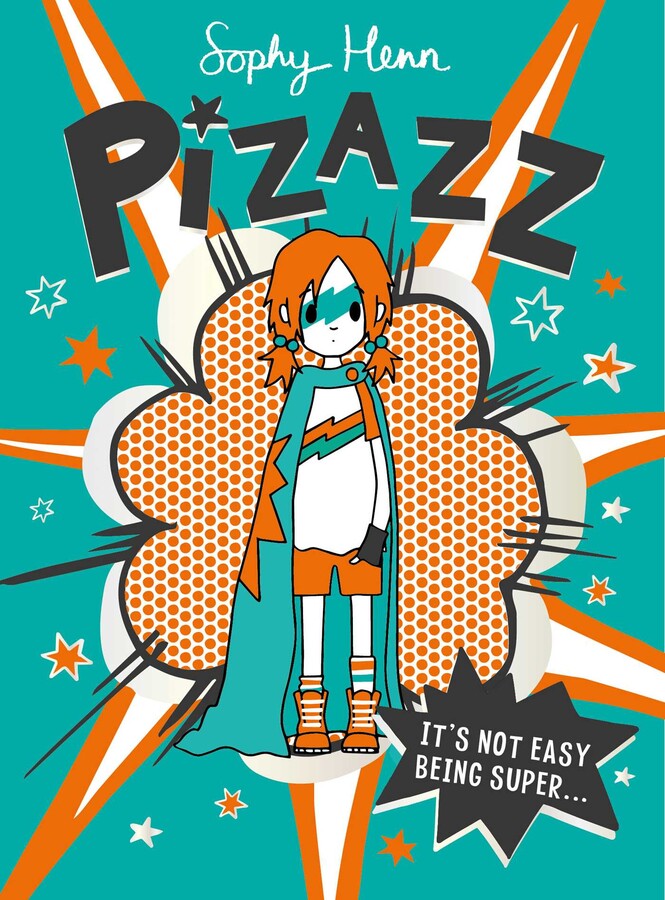
I was working in a library the other day where the librarian had an unofficial rule that the students had to check out a ‘book’ for every graphic novel that they checked out. Unfortunately, their graphic novel selection was not that large, and even then, there were dozens of graphic novels that were mixed in with the library’s main fiction and non-fiction books. For example, The Bad Guys and other things that were clearly in the former category were blended in with books that live in the Dewey Decimal system.
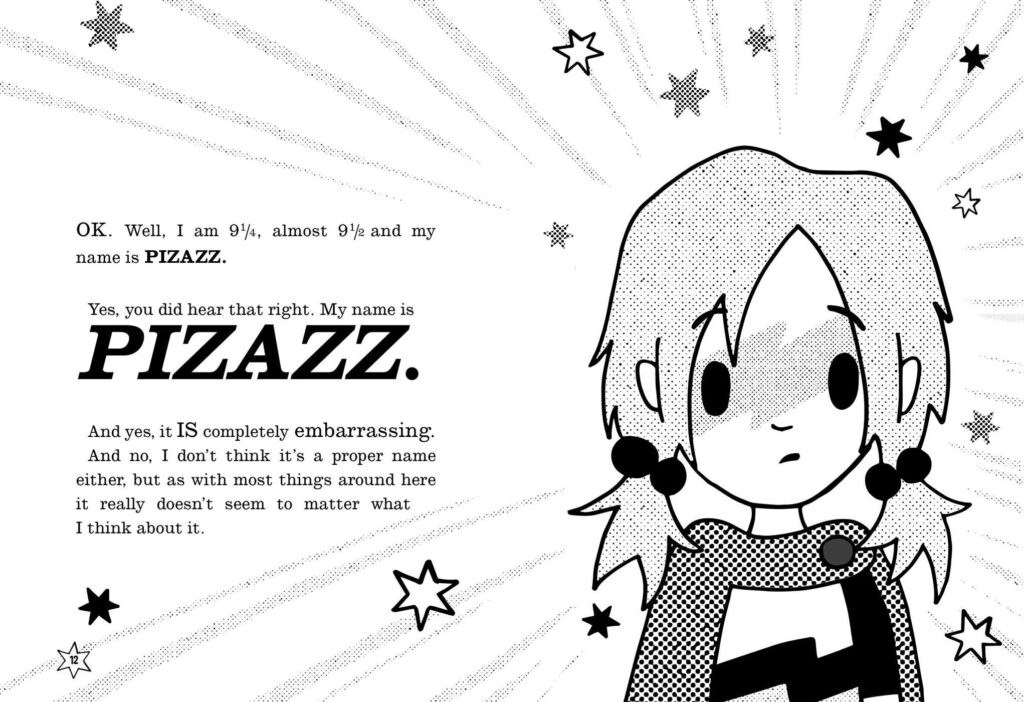
I mention this because Pizazz by Sophy Henn gleefully takes the borders that anyone might have between chapter books and graphic novels and proceeds to blend, erase or otherwise combine into a controlled maelstrom. RIP Maelstrom EPCOT BTW. Pizazz opens with a two-page introduction with pictures of all the folks in her life who are Supers. We then meet the Normals, the Populars and the book goes on to show why young readers will care about Pizazz.
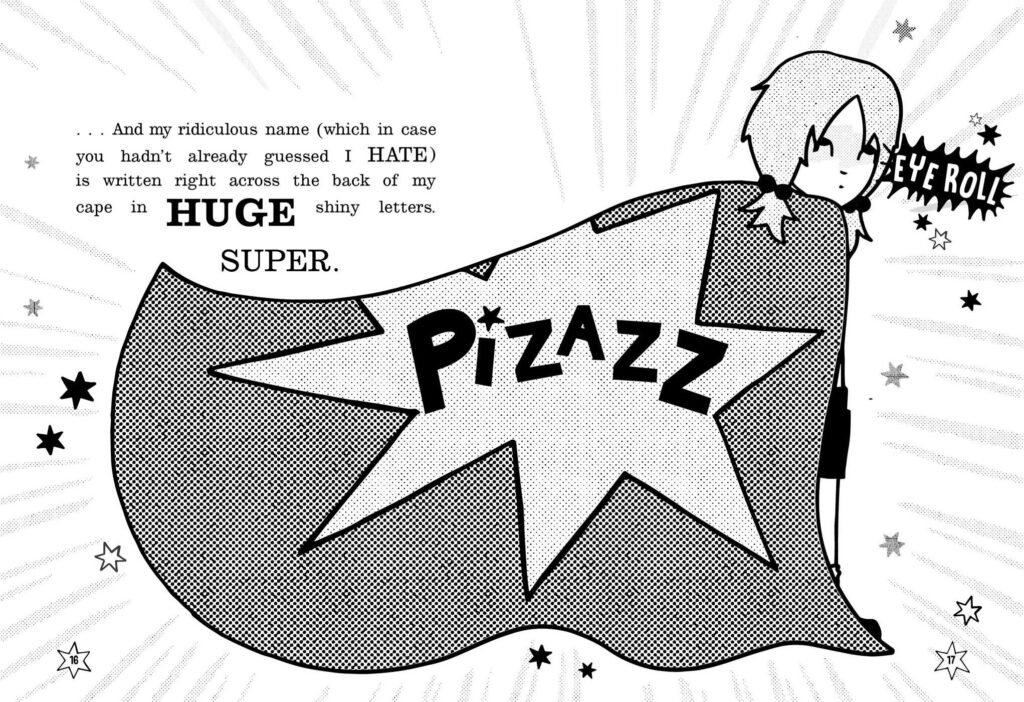
She’s an almost 10-year-old girl who has a younger sister, Red Dragon, who can do everything better than her. Actually, her entire family has superpowers and has saved the universe dozens of times. Pizazz goes through lots of things that are great about being able to fly but also lists the things that make having powers not so great. There are many more reasons as to why it’s not great, it’s those reasons, plus her lame superpower that makes up the story meat of Pizazz.
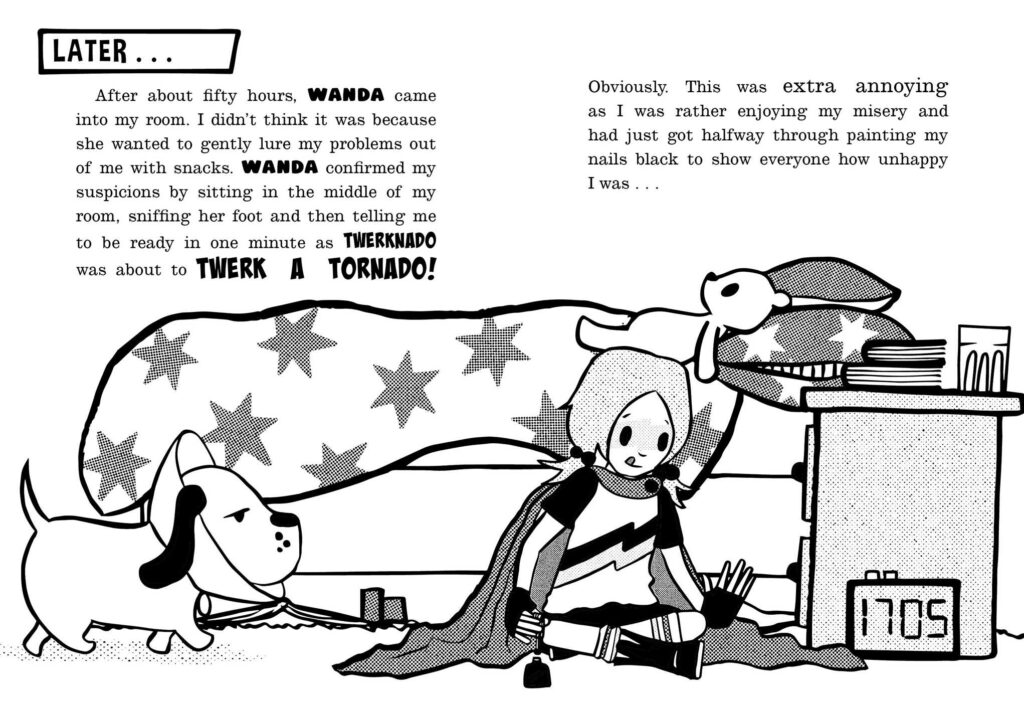
It’s not that her powers are lame, it’s just that they’re not the typical things one would think of when they say ‘super power’. However, it’s the fact that Pizazz, the book, doesn’t need her powers in order to become a great book that’s the story here.
Manga fans will immediately latch onto Pizazz. The facial characteristics, big smiles, and soft emotions are obvious in Henn’s artwork. It’s the presentation that makes Pizazz really jump into the arms of reads aged seven and up. It’s a hardcover book, which gives young readers the confidence and independence that they’re reading an older book. No two pages in Pizazz are the same. Every page in the book has some sized artwork in it, with some two-page spread consisting of several large panels or a series of smaller panels that propel the story.
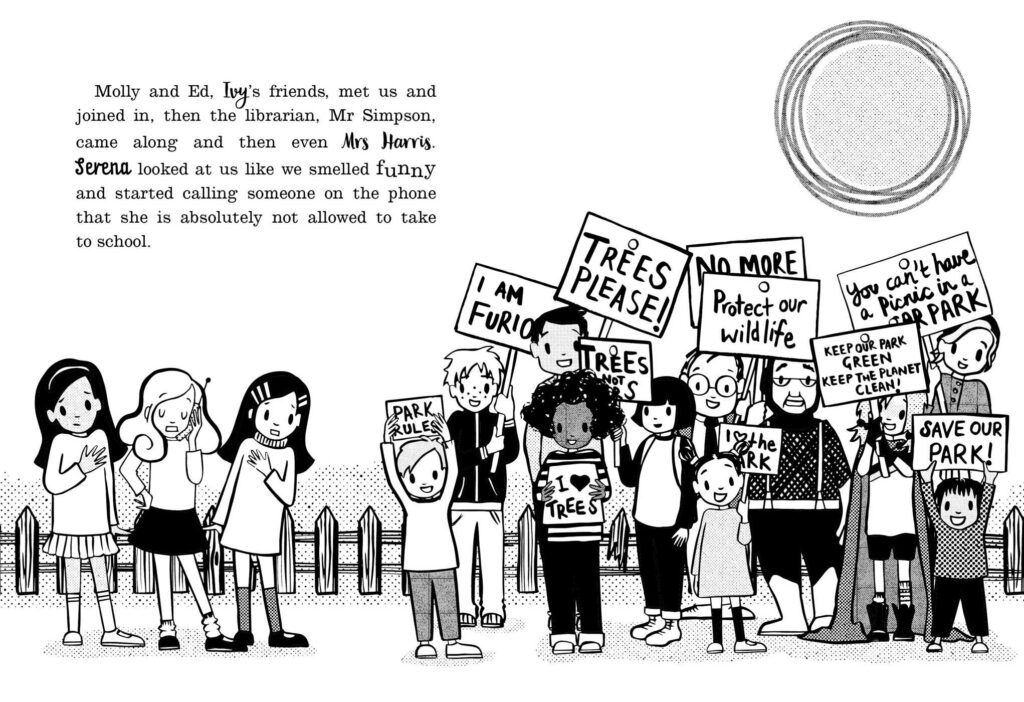
While the manga vibe is apparent, it’s not the sole feeling of the book’s art. There’s a retro style that dances with that style, in addition to the occasional superhero layout that keeps readers on their toes. And just like the librarian I worked with the other day, the book is equally, if not more driven by the text that accompanies the illustrations. Pizazz is a book that anti-graphic novel parents and librarians can get behind and embrace.
Of course, that means nothing unless young readers want to engage with the book and that will be quickly resolved once they look at it. It has more words in a narrative sense than a graphic novel and almost as many illustrations. Think of it as a literary balloon. The words and graphics are squeezed in a different manner in a way that accomplishes what young readers willingly want, and at the same time pleases those who want them to ‘read more’.
Pizazz is by author/illustrator Sophy Henn and available on Simon & Schuster.
There are affiliate links in this post.

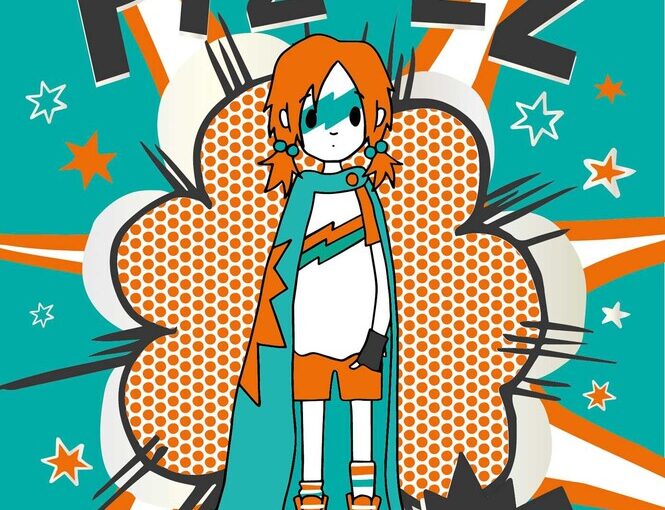



 Facebook
Facebook Twitter
Twitter Flickr
Flickr GooglePlus
GooglePlus Youtube
Youtube